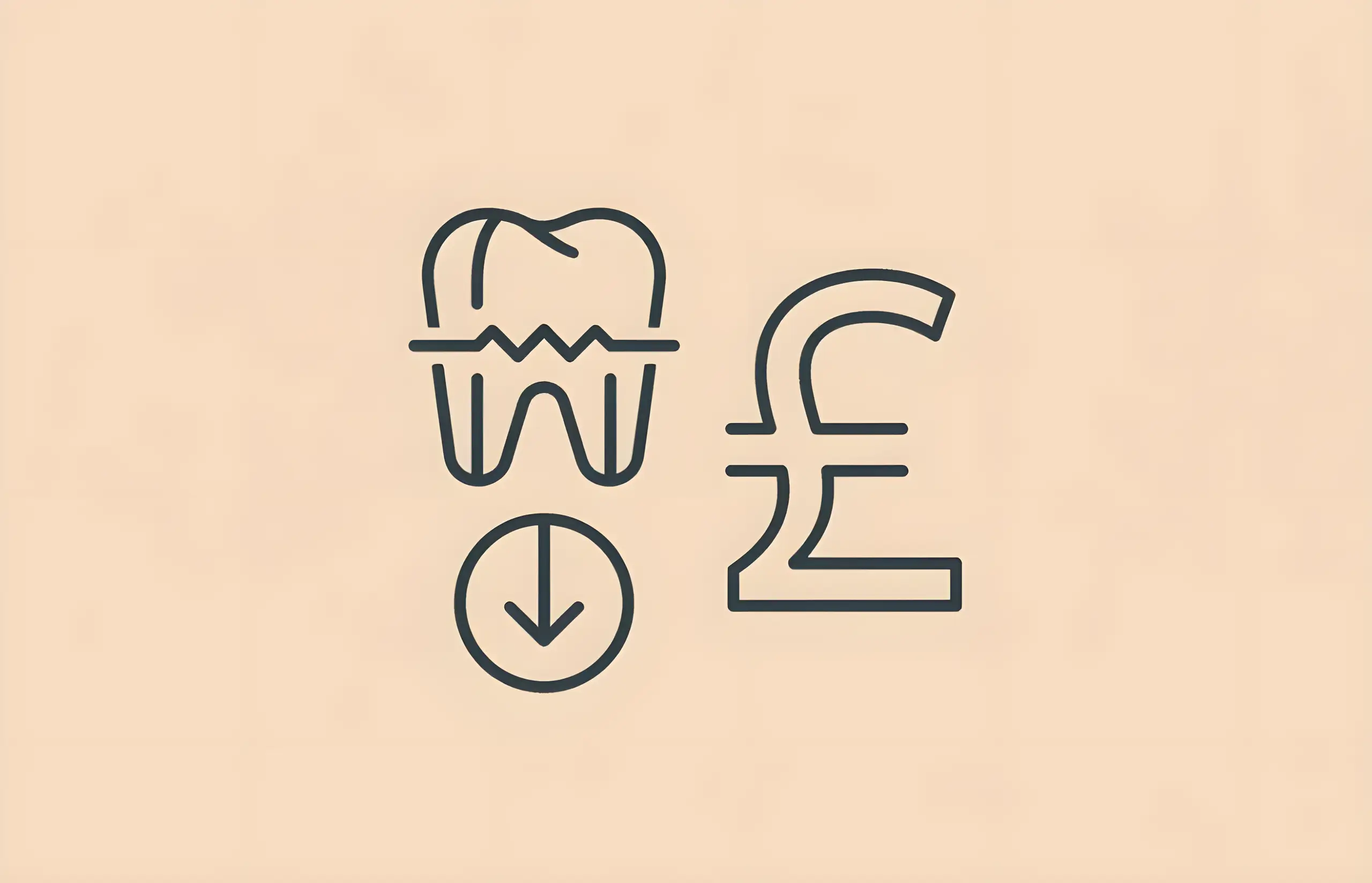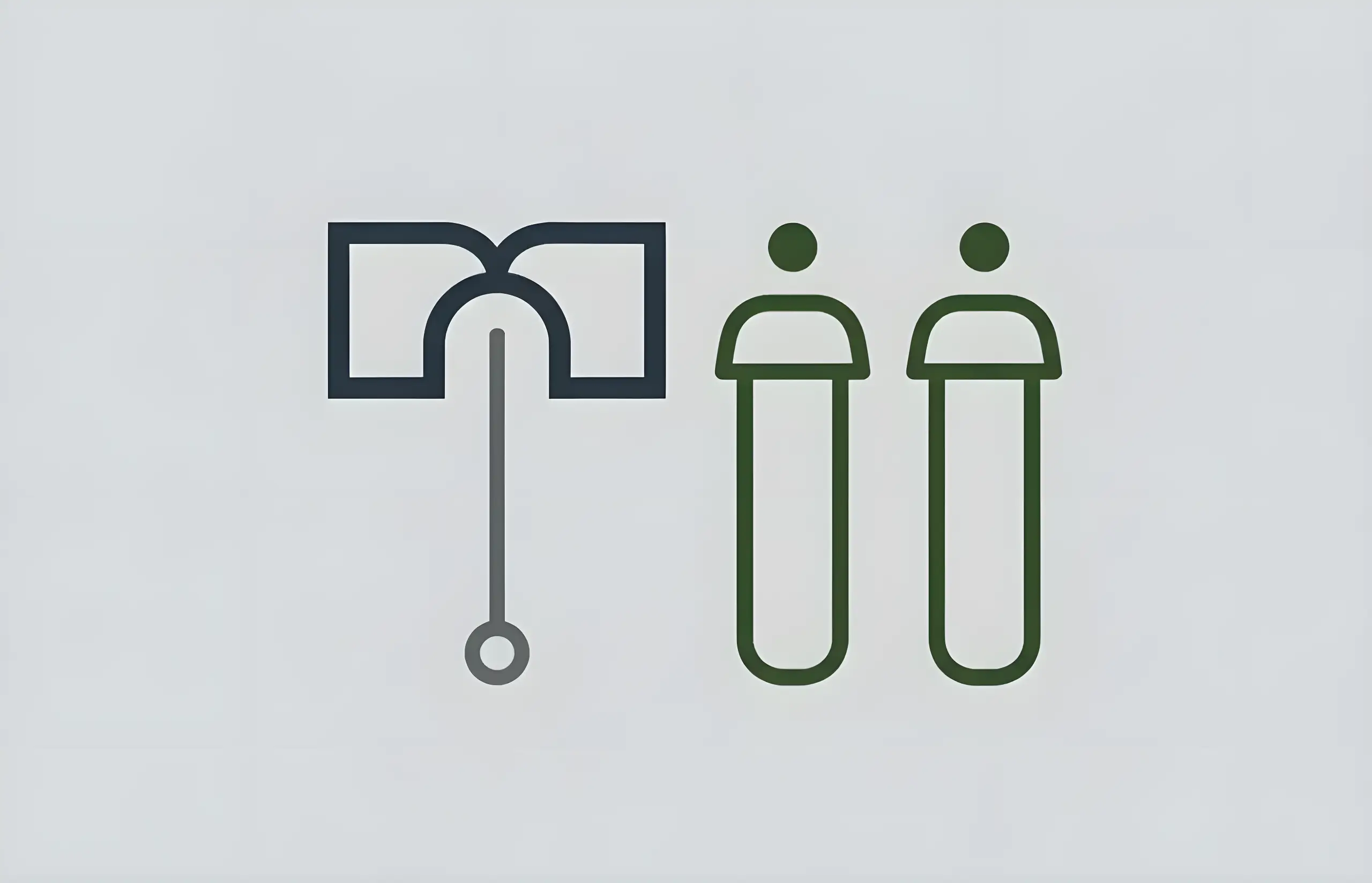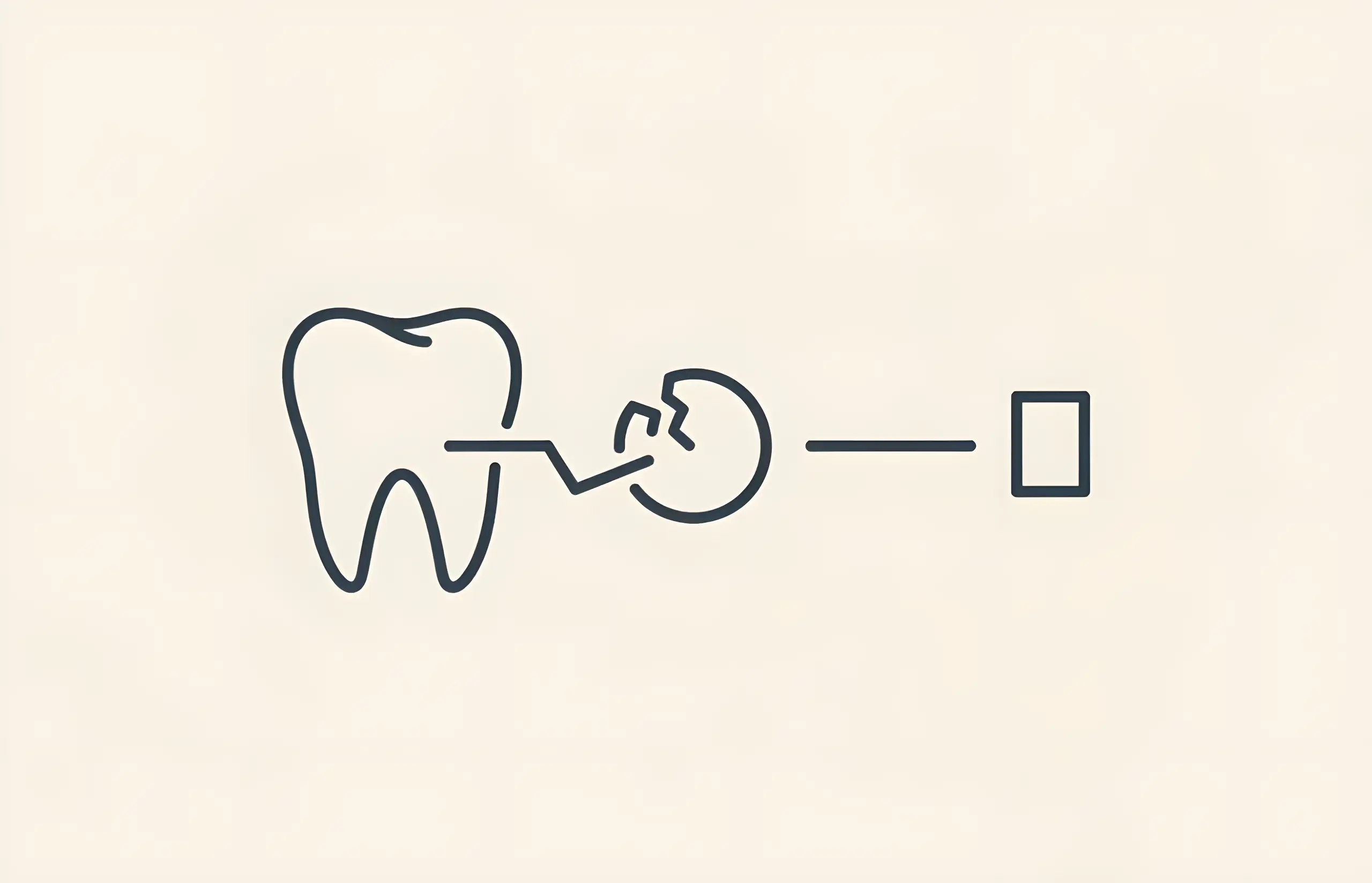Metal braces are commonly used to correct the misalignment of teeth, especially in children. They are used to treat various conditions such as overbite, underbite and crooked or crowded teeth. In some instances the procedure is cosmetic, but in most cases it is undertaken to help improve the alignment of the person's bite.
Conditions Requiring a Brace
The most common reason for braces being required is crookedness of the teeth before and during adolescence. As the adult teeth grow whilst the jaw is still developing, this can lead to the teeth becoming crowded in each jaw. This in turn leads to teeth turning edgewise or overlapping.
Other reasons for this type of orthodontics being performed might be an overbite caused by excessive thumb-sucking in childhood. Accidents may also be a factor. Many adults are also treated with orthodontic braces to correct misalignment not detected in childhood or for cosmetic reasons.
How They Work
Metal braces involve brackets that are glued to each tooth. Each bracket is attached with elastic ligatures to a wire-known as the arch-which encircles the teeth. This in turn is attached to a buccal tube at the end of each row of teeth to hold the arch firmly in place.
A system of rubber ties and ligatures is used to attach one set of teeth to the other and provide pressure to realign the teeth. Where teeth overlap, spacers may be included to separate them prior to alignment.
Dental braces work by applying pressure to the teeth to correct misalignment. This causes the bone in each jaw to reset around each tooth to enable it to reach its desired position. Ligatures are applied by orthodontic dentists to pull, push and twist each tooth in the desired direction to achieve perfect closure of the jaw and teeth. Repeated visits to the dentist will be necessary so that they may adjust the braces periodically.
In some cases, the dental misalignment may be caused by other jaw malformations, and orthodontic dentistry may be used alongside surgery and physiotherapy to realign the jaws and teeth.
Modern Metal Braces
Modern dental braces are designed to be as non-invasive as possible. Tooth removal – to make room for ligatures – has been replaced by spacers that create room between teeth. Braces may now be coloured to blend in with the colour of the teeth.
Some types of braces are designed to go behind the teeth to be hidden completely, and some orthodontic procedures involve headband braces worn at night. Modern braces also use metal arches that are wired directly to the brackets to speed up the realignment procedure.
With braces, there is always some degree of discomfort. However; professionally-trained dentists are skilled at achieving quick results with the minimum of discomfort, and they will be happy to discuss the best approach with the patient.
Sources and References
-
[1]
A Review on Orthodontic Brackets and Their Application in Clinical OrthodonticsCureus (PubMed Central)https://pmc.ncbi.nlm.nih.gov/articles/PMC10626255/
-
[2]
Orthodontics, MalocclusionStatPearls - NCBI Bookshelfhttps://www.ncbi.nlm.nih.gov/books/NBK592395/
-
[3]
Peridental bone changes after orthodontic tooth movement with fixed appliances: A cone-beam computed tomographic studyAmerican Journal of Orthodontics and Dentofacial Orthopedicshttps://pubmed.ncbi.nlm.nih.gov/28553985/
-
[4]
Biomarkers of periodontal tissue remodeling during orthodontic tooth movement in mice and men: overview and clinical relevanceFrontiers in Oral Biologyhttps://pubmed.ncbi.nlm.nih.gov/23737704/
-
[5]
Low-Magnitude Forces for Bone Modeling and Remodeling in Dentofacial OrthopedicsJournal of Dental Researchhttps://pubmed.ncbi.nlm.nih.gov/29644572/
All sources accessed and verified on . Medical information reviewed for accuracy and compliance with current guidelines.
Related Articles

How Much Do Adult Braces Cost?
Comprehensive Cost Analysis (£1,500-£10,000 Range, 59% Out-of-Pocket, 6.31 Months Shorter with Aligners)

Invisible Braces – Braces Worn Behind Your Teeth
Complete guide to lingual braces fitted behind teeth, including how they work, the fitting process, treatment duration, and benefits of this invisible orthodontic option

How Much Do Braces Cost in the UK?
A comprehensive guide to braces costs in the UK, covering different types of braces from metal to Invisalign and their price ranges
A Guide to Ceramic Braces
Comprehensive information about ceramic braces, including how they compare to metal braces, costs, benefits, and considerations for choosing this orthodontic option

A Guide to Dental Braces for Kids
Comprehensive information about orthodontic braces for children and teenagers, including types of braces, treatment duration, costs, and oral care during treatment

The Different Types of Braces Available
Comprehensive guide to orthodontic braces including fixed, removable, lingual, Invisalign, and functional braces with cost comparisons

How Do Braces Work?
Comprehensive guide to orthodontic tooth movement including biological mechanisms of bone remodeling, treatment duration, force application, periodontal ligament response, and retention protocols

How Long Do Braces Take?
Comprehensive guide to orthodontic treatment duration including individual factors, planning stages, fitting procedures, treatment timeframes from 6 months to 3 years, and adjustment schedules

How Long Do You Have To Wear Braces?
Treatment Duration and Retention Protocols (19.9 Months Average, 13.3% Relapse Fixed Retainers)

How Much Do Ceramic Braces Cost?
Comprehensive guide to ceramic braces costs including pricing factors, insurance coverage, treatment duration, dentist fees, cost-saving strategies, and comparison with other brace types

How Much Do Clear Braces Cost?
Comprehensive Pricing Analysis (£2,500-£4,500, 67% Shorter Duration, 85% Patient Satisfaction vs 65%)

A Guide to Invisible Braces
Comprehensive information about invisible braces (clear aligners), including benefits, effectiveness, costs, and how they compare to traditional metal braces

How to Make Your Teeth Straight Without Braces
Discover modern alternatives to traditional braces including clear aligners, at-home straightening services, surgical options, and palatal expanders
About The Dental Guide
The Dental Guide is a trusted online resource providing evidence-based information about dental health, treatments, and procedures. Our content is created and reviewed by qualified dental professionals to help you make informed decisions about your oral health.
Our Mission
- Evidence-based dental information
- Expert-reviewed content
- Clear, accessible explanations
- Latest treatment options
- Patient-focused guidance
Editorial Standards
- GDC-registered dental professionals
- Peer-reviewed sources
- Regular content updates
- Medical accuracy verification
- Transparent authorship
Important Notice
The information on The Dental Guide is for educational purposes only and should not replace professional dental advice. Always consult with a qualified dentist for diagnosis and treatment recommendations tailored to your individual needs and circumstances.
Medically Reviewed
Reviewed by Dr. Nasim Mechoui , BDS (Bristol)
Share this article
Comments & Discussion
Have questions about dental implants? Share your thoughts or experiences.
